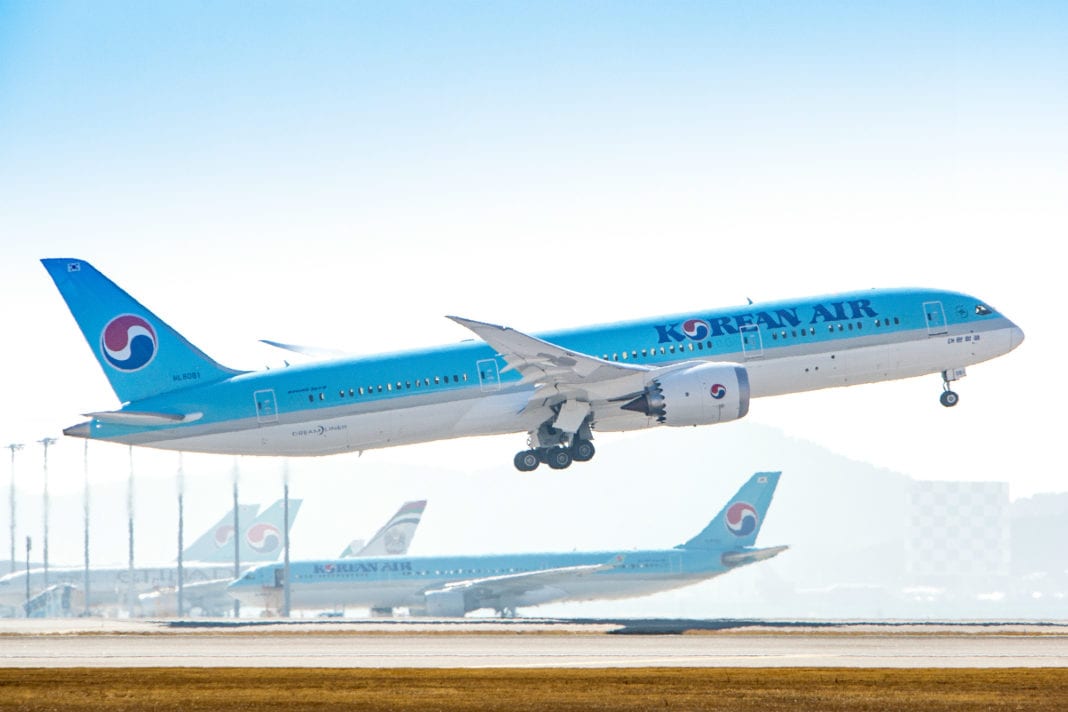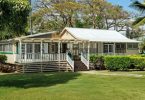Auckland – A fleet of six double-hulled canoes will set sail from French Polynesia for Hawaii next year in the ancient wake of one of the world’s greatest migrations.
But the 4,000 kilometre (2,500 mile) journey from the traditional heart of eastern Polynesia on Raiatea island by 16-strong crews from six Polynesian islands aims to do more than recreate history.
“What is more important than the short-term vision of sailing to Hawaii is the long-term vision of regenerating the voyaging skills and traditions of our ancestors,” says Te Aturangi Nepia-Clamp, manager of the Pacific Voyaging Canoes project.
The Maori New Zealander says the project will build Polynesian pride and identity by highlighting the achievements of ancestors who settled small islands scattered on a vast ocean covering more than a quarter of the globe.
“Our ancestors made these canoes watertight with inadequate timber, using stone tools to drill and caulk them, lashing them together with coconut fibre rope.
“And then they made these incredible voyages thousands of years before the Europeans were confident to go out of the sight of land,” he told AFP.
Around 3,000 to 4,000 years ago, the Lapita people — believed to have first migrated from southern China before spreading through Southeast Asia — started settling the islands of Melanesia and western Polynesia.
About 1,000 years later their descendents started spreading to islands in eastern Polynesia, finally reaching the Pacific outposts of Hawaii, New Zealand and Easter Island.
Without maps or instruments, Polynesian navigators used the stars, sun, knowledge of sea swells and winds to steer a course for tiny islands dotting an expanse of ocean.
The great voyaging had declined by 1500 and by the time the first European explorers visited the Pacific in the 17th and 18th centuries, the big ocean-going sailing canoes were only found in a few regions.
Now, in a boat yard on an isolated arm of Auckland’s Waitemata Harbour, three of the double-hulled canoes for the new voyage have already been built, with at least three more due for completion by November.
The handsome and robust craft, built from a traditional design from the Tuamotu islands in French Polynesia, have twin hulls 22 metres (72 feet) in length, joined by a platform supporting a small deckhouse.
Twin masts rise 13 metres (43 feet) above the deck and a carved 10-metre steering paddle extends back between the hulls, each of which contain eight bunks and storage space.
Although identical in construction, each of the six canoes will be finished in the distintive colours, motifs and carving from the islands to which they are being sent.
While of traditional design, the hulls are made from fibreglass, and other modern materials have also been used. The right kind of logs are now virtually impossible to obtain and the use of fibreglass means the canoes will last longer.
“The important thing about the canoes is they are faithful to what the ancestors designed,” Nepia-Clamp says.
In New Zealand, the Cook Islands, Fiji, Samoa, American Samoa, and Tahiti the captains have been chosen and crews will soon start training for the epic voyage, with a crew from Tonga possibly being added later.
The trip will pay tribute to the ancient voyages — what New Zealand historian Kerry Howe of Massey University describes as “one of the greatest human epics”.
In Vaka Moana (ocean-going canoe), a book Howe edited on the settlement of the Pacific, he says the Pacific Islanders developed the world’s first blue water technology.
“With the sail and the outrigger, they created sophsticated ocean going vessels and did so thousands of years before humans anywhere else.”
Until recent years, many historians believed the Polynesians had spread through the Pacific by accident, with canoes scattered by unfavourable winds.
“I know when I was at school I was taught that our Polynesian ancestors were accidental voyagers, they just bumped into land,” says Nepia-Clamp, who became involved in the voyaging revival 30 years ago.
“They weren’t accidental voyagers, they went backwards and forwards once they discovered a land, they were very purposeful in what they did.”
In the 1970s the Polynesian Voyaging Society was set up to revive the ancient skills of sailing and navigation in Hawaii and to prove Polynesia could have been settled using double-hulled voyaging canoes and non-instrument navigation.
Later in New Zealand and the Cook Islands, new sailing canoes were also built, joining the Hawaiian canoes in a voyage from Raiatea to Hawaii in 1995.
Now Pacific Voyaging Canoes is an attempt to broaden the revival through the region and encourage more people to learn the traditional skills.
New Zealand actor Rawiri Paratene, a star of the film Whale Rider, played a vital role in devising the concept and in obtaining funding from the German-based ocean environmental foundation Okeanos.
Beyond next year’s voyage, Nepia-Clamp wants the voyaging societies in the various islands to continue using the canoes to educate young islanders in the skills lost in an age of air travel.
He has already seen the pride created by the revival of voyaging in Hawaii.
“We went into a classroom in Molokai, the ceiling was decked out with the constellations and all of the kids could name any star that was there.
“They were proud their ancestors could find their way and they know the wayfinding skills they used.
“That is a great pride booster for any indigenous culture.”






















